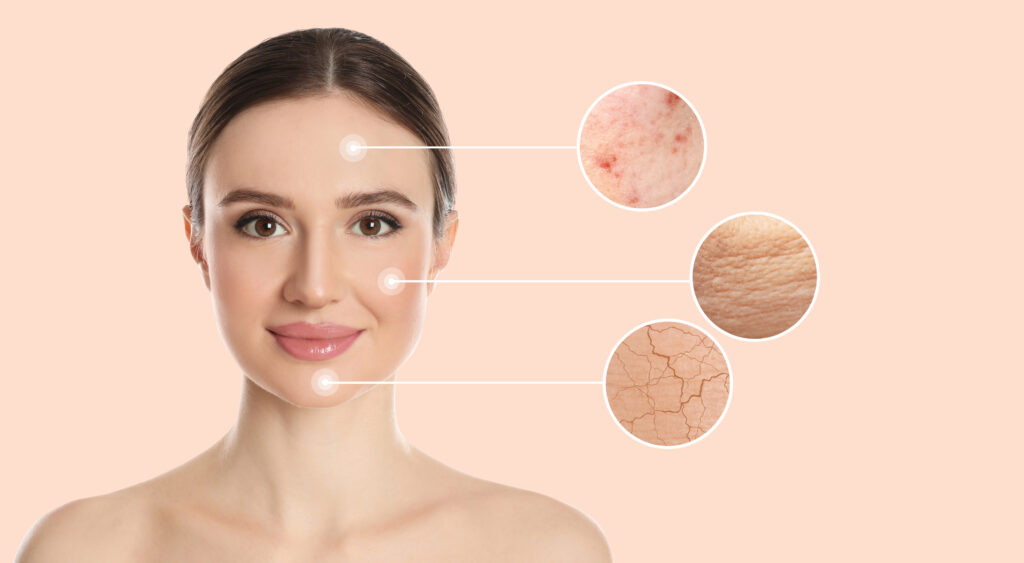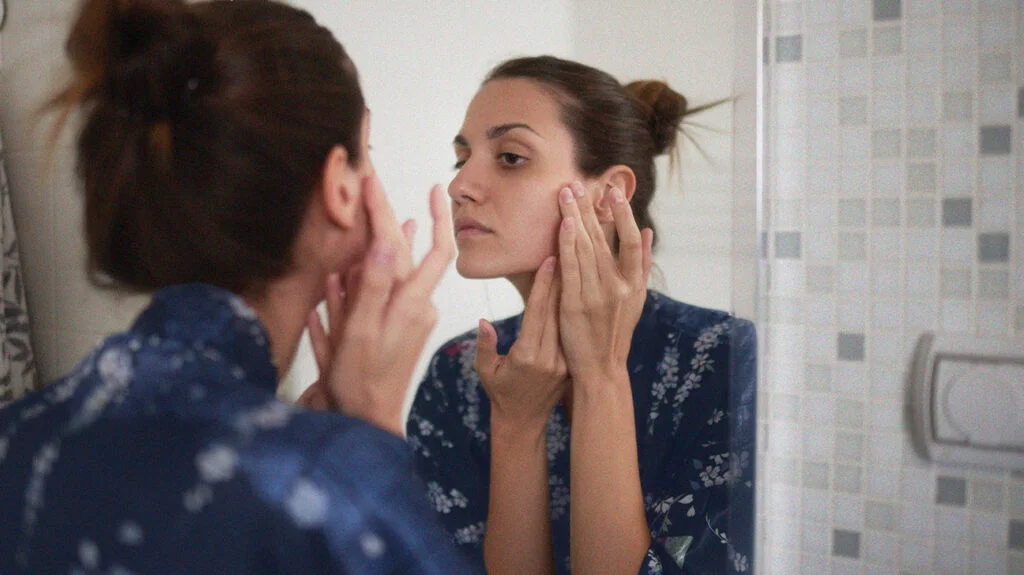How to create a daily skincare routine

Having healthy, glowing skin doesn’t happen overnight—it’s the result of consistent care. A well-planned daily skincare routine not only keeps your skin looking fresh but also helps prevent premature aging, acne, dryness, and other common skin concerns. The good news is, building a skincare routine doesn’t have to be complicated or expensive. With a few essential steps and the right products, anyone can achieve radiant, healthy skin. Here’s a complete guide on how to create a daily skincare routine that works for you.
1. Understand Your Skin Type

Before choosing any products or creating a routine, it’s important to understand your skin type. Everyone’s skin is different, and knowing yours will help you select products that suit it best.
- Normal skin: Balanced, not too oily or dry, with few blemishes.
- Oily skin: Shiny, especially in the T-zone (forehead, nose, and chin), with larger pores and more prone to acne.
- Dry skin: Feels tight, flaky, or rough, especially after washing.
- Combination skin: A mix of oily and dry areas—typically an oily T-zone and dry cheeks.
- Sensitive skin: Easily irritated by fragrances or certain ingredients; prone to redness or burning sensations.
Once you know your skin type, you can choose products that balance and nourish it rather than cause irritation or imbalance.
2. Start with a Gentle Cleanser
Cleansing is the foundation of any skincare routine. It removes dirt, excess oil, makeup, and impurities that accumulate on your skin throughout the day or night. Use a gentle cleanser that doesn’t strip your skin of its natural oils.
- Morning: Wash your face with a mild cleanser to remove sweat or oil that may have built up overnight.
- Night: Cleanse again to remove makeup, sunscreen, and dirt. Double cleansing (using an oil-based cleanser followed by a water-based one) can be helpful, especially if you wear makeup or sunscreen daily.
Avoid harsh soaps or cleansers with alcohol, as they can dry out and irritate your skin.
3. Use a Toner to Balance and Refresh
Toners are often overlooked, but they play an important role in maintaining your skin’s pH balance and preparing it to absorb other products more effectively.
Choose an alcohol-free toner with soothing and hydrating ingredients like rose water, chamomile, or witch hazel. Apply it using a cotton pad or gently pat it onto your skin with your hands. Toner helps tighten pores, remove any leftover impurities, and refresh the skin instantly.
4. Apply a Serum for Targeted Treatment

Serums are concentrated formulas that target specific skin concerns such as dullness, wrinkles, dark spots, or acne. Depending on your needs, you can choose from various types:
- Vitamin C serum: Brightens skin and protects against sun damage.
- Hyaluronic acid serum: Hydrates and plumps dry or dull skin.
- Niacinamide serum: Reduces inflammation, redness, and oil production.
- Retinol serum (night use): Helps with anti-aging and cell renewal.
Apply a few drops of serum after toning and gently pat it into your skin. Serums should be used consistently for best results.
5. Moisturize to Lock in Hydration
No matter your skin type, moisturizer is essential. It keeps your skin hydrated and creates a protective barrier that prevents moisture loss.
- For oily skin: Use a lightweight, oil-free gel moisturizer.
- For dry skin: Choose a richer, cream-based formula with ingredients like shea butter or ceramides.
- For combination skin: A balanced, non-greasy moisturizer works best.
Apply moisturizer twice daily—morning and night—to keep your skin smooth and supple.
6. Don’t Skip Sunscreen
Sunscreen is one of the most important steps in your skincare routine. It protects your skin from harmful UV rays that cause premature aging, dark spots, and even skin cancer.
Use a broad-spectrum sunscreen with at least SPF 30 every morning, even if it’s cloudy or you’re staying indoors (UV rays can penetrate windows). Reapply every two hours if you’re outside for extended periods.
If your skin is oily, go for a mattifying sunscreen that doesn’t clog pores. For dry skin, choose a hydrating formula.
7. Optional: Night Care Additions

Your skin repairs itself while you sleep, so a few extra steps at night can make a big difference.
- Use a night cream or a sleeping mask to deeply nourish your skin.
- Apply eye cream to reduce puffiness and dark circles.
- Exfoliate 1–2 times per week with a gentle scrub or chemical exfoliant (like AHA/BHA) to remove dead skin cells and promote cell renewal.
8. Be Consistent and Patient
Consistency is key. Stick to your routine for at least 4–6 weeks before expecting visible results. Avoid constantly switching products, as it can confuse your skin and cause irritation. Remember, skincare is self-care—it’s not about perfection but about giving your skin the attention it deserves.
Final Thoughts
Creating a daily skincare routine doesn’t have to be overwhelming. Start with the basics: cleanse, tone, moisturize, and protect. Once you’re comfortable, you can gradually add serums or treatments based on your needs. Listen to your skin—it will tell you what works and what doesn’t. With daily commitment and the right products, you’ll soon enjoy a healthier, more radiant complexion that makes you feel confident every day.
